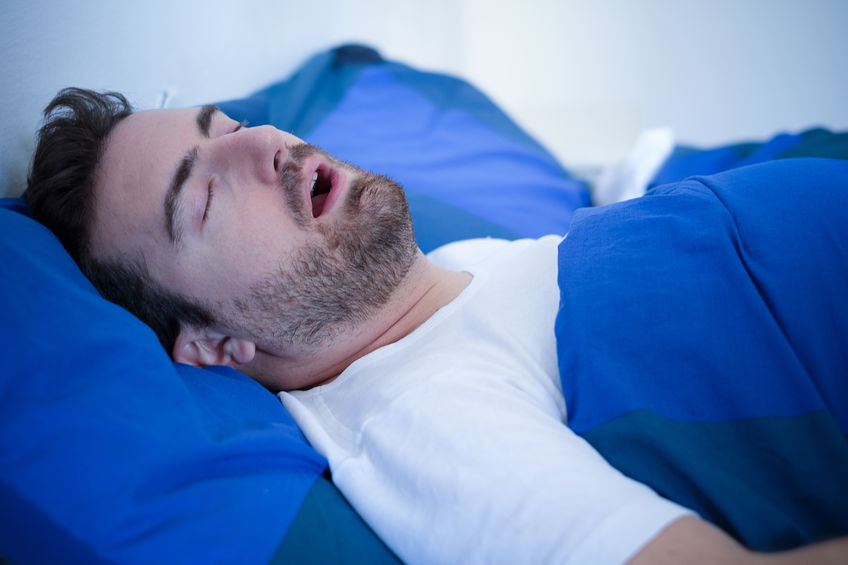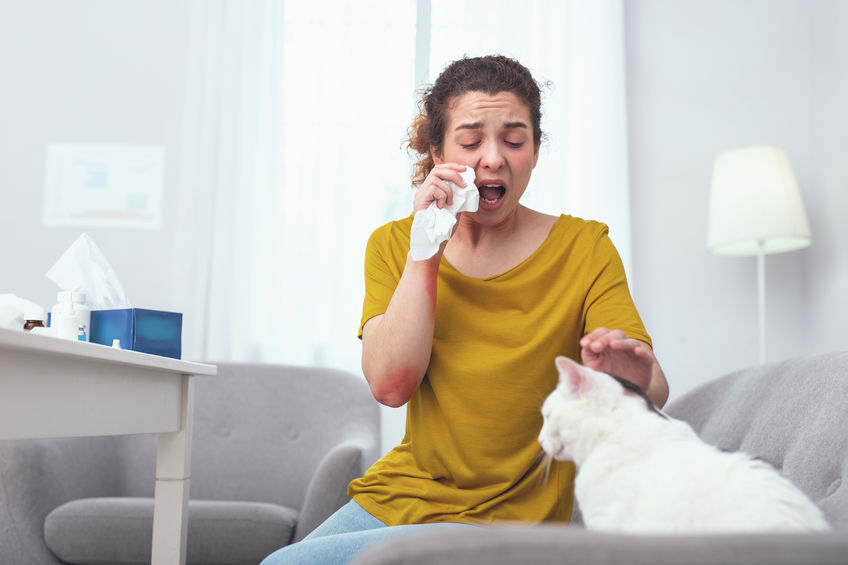Sleep Apnea: What To Look For
Sleep apnea occurs when an individual stops and starts breathing multiple times during sleep. The causes range from obesity to age and sex. Though snoring is the most common symptom, not all signs of sleep apnea are noticeable. Insomnia, difficulty concentrating, sore throat and dry mouth are just a few of the many silent symptoms.
The silent signs of sleep apnea
The most recognized signs of sleep apnea are snoring, choking, or gasping. However, not all symptoms are audible. Silent symptoms include daytime fatigue, insomnia, headaches, sore throat, dry mouth, difficulty concentrating, decreased libido, mood changes, and memory loss. Many can easily be mistaken for something else. The most common silent signs of sleep apnea are:
- Insomnia: People suffering from sleep apnea often have difficulty staying asleep due to breathing problems. Nighttime insomnia often leads to daytime fatigue and difficulty concentrating. Lack of sleep can also cause changes in mood and libido.
- Sore Throat: Most often found with obstructive sleep apnea, breathing through the mouth can lead to chronic sore throats. A vacuum effect can also be created when the individual stops breathing. The negative pressure pulls stomach acid up into the esophagus and throat.
- Dry Mouth: Largely due to blocked nasal passages, dry mouth is a common symptom of sleep apnea. CPAP machines can increase the instance of dry mouth. A chin strap or full-face mask can help keep the mouth shut decreasing the instance of dry mouth.
What is sleep apnea?
Sleep apnea is a dangerous medical condition in which a person frequently stops and starts breathing during sleep. There are 3 main types of sleep apnea: obstructive, central, and complex. Obstructive sleep apnea (OSA) is the most common. During obstructive sleep apnea, the throat muscles relax and obstruct the airway. Snoring is a common symptom of OSA. Central sleep apnea is the least common. During central sleep apnea, the brain does not send signals that control breathing. The condition is most common amongst individuals with brain-related conditions. Severe obesity and narcotics can also cause central sleep apnea. Complex sleep apnea syndrome occurs when an individual has both obstructive and central sleep apnea. The condition is common among users of CPAP machines.
Causes and symptoms
Sleep apnea can affect individuals of all ages. Older males are 3 times more likely to develop sleep apnea than women. Though uncommon, sleep apnea can occur in young children. Risk factors for obstructive sleep apnea include narrowed airways, alcohol and tobacco use, and congestion. Risk factors for central sleep apnea include heart and brain conditions and narcotic use. Certain medications can increase the risk of sleep apnea. Sleep apnea is a genetic condition that can be passed down from parent to child.
Treatment options
Mild cases of sleep apnea can be alleviated with lifestyle changes. Losing weight, quitting smoking, and reducing alcohol intake can improve symptoms. If allergies are the cause, medication such as antihistamines can help. When lifestyle changes do not work, or the sleep apnea is moderate to severe, additional therapies may be recommended. Surgery is usually a last resort. The most common treatment methods include the use of a CPAP machine, airway pressure devices, or other oral appliances. CPAP machines are a mask worn while sleeping. The machines deliver a continuous airflow to keep the air passages open while sleeping. There are multiple types of CPAP machines. Airway pressure devices are also worn across the face but deliver a variable airflow. Less pressure is provided on the exhale and more on the inhale. Dentists can provide oral appliances designed to bring the jaw forward and keep the throat open.
Living with sleep apnea
Sleep apnea is the continuous disruption of breathing during sleep. Snoring is the most common and recognizable symptoms of sleep apnea. Insomnia and dry mouth can also be silent symptoms of sleep apnea. Treatment involves lifestyle changes and the use of CPAP machines, airway pressure devices, and oral appliances. Speak with a specialist to learn more about sleep apnea diagnosis and treatment options.




